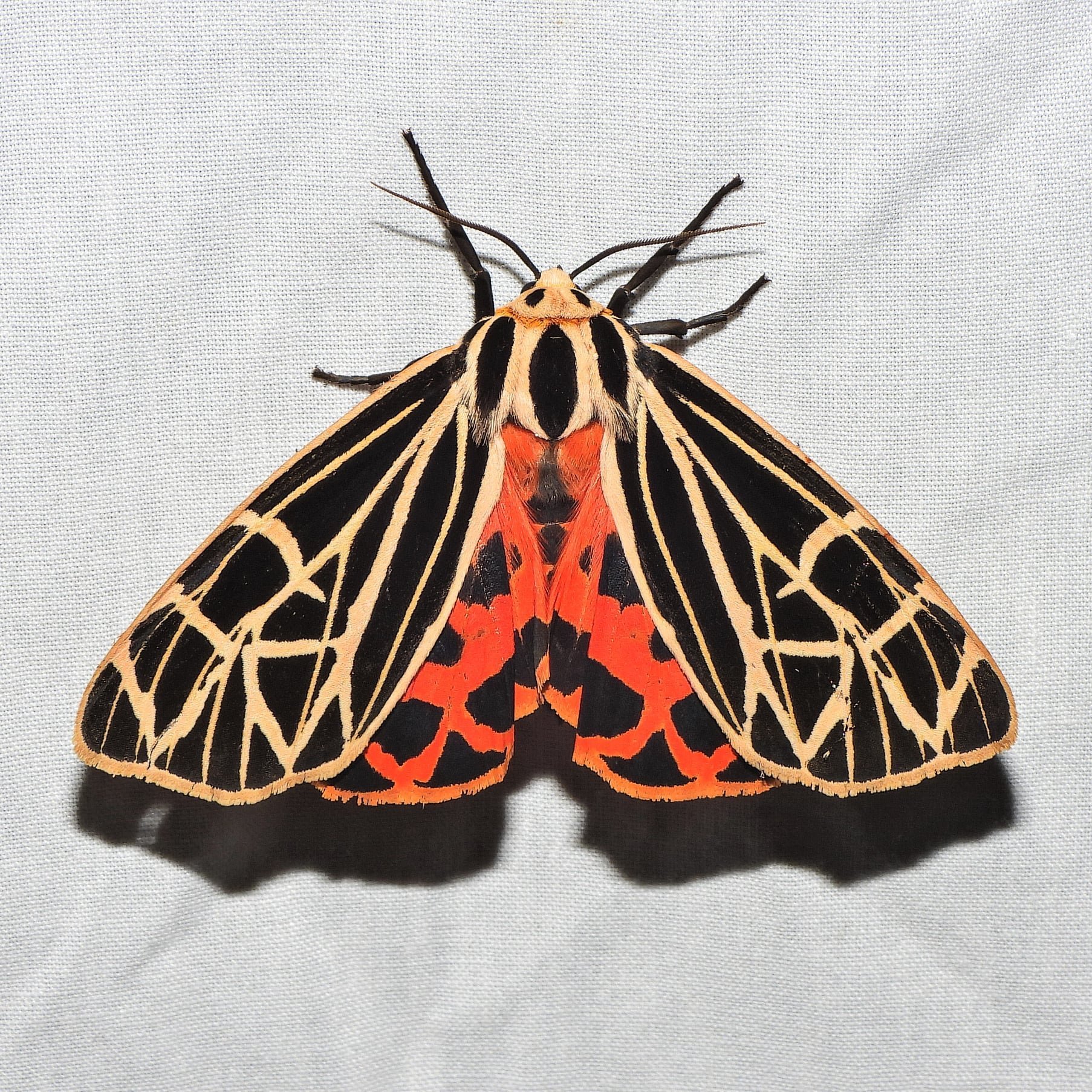Research at Our Wildlife Sanctuaries
"Birds are indicators of the environment. If they are in trouble, we know we’ll soon be in trouble."
- Roger Tory Peterson
Research at our sanctuaries contributes to our knowledge about local biodiversity and informs how we manage each property. If you are interested in conducting research at our sanctuaries, please email us at sanctuary2@centralmdaudubon.org.
Nocturnal Insect Study Documents Rare Finds
Study: Survey nocturnal insect species across the Maryland Piedmont region
Sponsor: Maryland Biodiversity Project (MBP)
Purpose: Expand Maryland's insect distribution and ecology database
Context
To promote conservation, science and education, MBP has been cataloging all living things in Maryland. Over the summer of 2021, Emilio Concari, a University of Maryland Baltimore County undergraduate and ASCM volunteer, surveyed for nocturnal insects at both sanctuaries. He found that, on average, approximately 100 species were cataloged every night, with Audrey Carroll producing 200+ species on a few occasions. Data was collected via iNaturalist.
Findings
A total of 844 species, including numerous previously unreported species and three new state records: Dichomeris purpureofusca, Nixe rusticalis, and Lignyodes fraxini were observed. These findings indicate that both sanctuaries are well-managed and valued ecosystems, supporting rare and unique insect species.
Image: Isabella tiger moth
Image: Isabella tiger moth
Image: Wood nymph moth
Plant Survey Maps Invasive Plant Patterns
Study: Survey Fred Archibald sanctuary plant biodiversity
Sponsor: Independent research
Purpose: Understand invasive species patterns for mitigation
Context
Encroaching housing and commercial development around the Fred Archibald sanctuary poses a significant risk to its native plant biodiversity by amplifying sources of super-competitive plants that are not native to Maryland. The loss of native plants is known to have negative ecosystem-wide impacts, starting with insects and spreading outward through bird and wildlife food webs.
In 2019, Angela Moxley, ASCM past president and volunteer, conducted a plant survey to create a baseline of the sanctuary’s plant biodiversity to inform a strategy that prioritized sanctuary plots and plant species for management.
Findings
A total of 217 plant species were documented in 41 plots, 202 of which could be identified to a species or genus. Of the latter, 144 were native plants, representing 69 different plant families.
Nonnative Plants
Three nonnative plant species were common sanctuary wide, and sometimes at very high density, including:
Microstegium vimineum (Japanese stiltgrass),
Celastrus orbiculatus (Oriental bittersweet), and
Persicaria longiseta (Oriental lady’s-thumb).
Other nonnative plant species were problematic only at the plot level with the highest abundance found in an old farm field undergoing succession and a field undergoing attempted forest regeneration.
Native Plants
Multiple native plant species were frequently found in plots, if not always abundant. The persistence of these species suggests the potential for recovery should invasives be brought under control. As most of the species documented are known to benefit wildlife, these plots will continue to have ecological value.
Image: Wild basil plant (Clinopodium vulgare)






